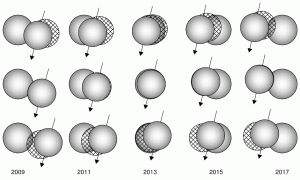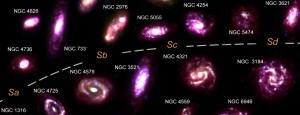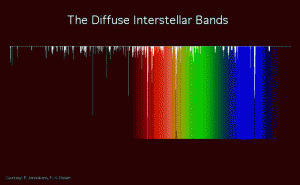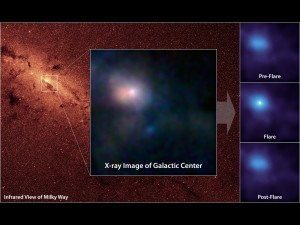Great talk today from Dr. Karl Gordon of the Space Telescope Science Institute (STScI) on mapping interstellar dust in the Milky Way and other galaxies.
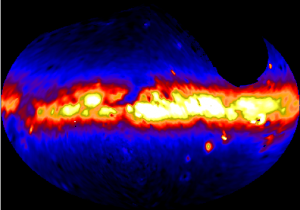
Full sky images of dust in the Milky Way from the Pioneer 10/11 IPP data. From http://www.stsci.edu/~kgordon/pioneer_ipp/Pioneer_10_11_IPP.html.
Dr. Gordon spoke about using observations taken at infrared wavelengths to look for heat radiated by dust grains and then using those measurements to determine how hot the dust is and how much there is. The picture at right shows a map of dust in the Milky Way from one of Dr. Gordon’s papers.
Understanding the dust distributed throughout the Milky Way and other galaxies can tell us a lot about stellar evolution, the galaxies themselves, and about the conditions in those galaxies where the dust lives. And at the most fundamental level, it tells us about the planets and even life itself because the Earth and everything on it formed from this star dust.
